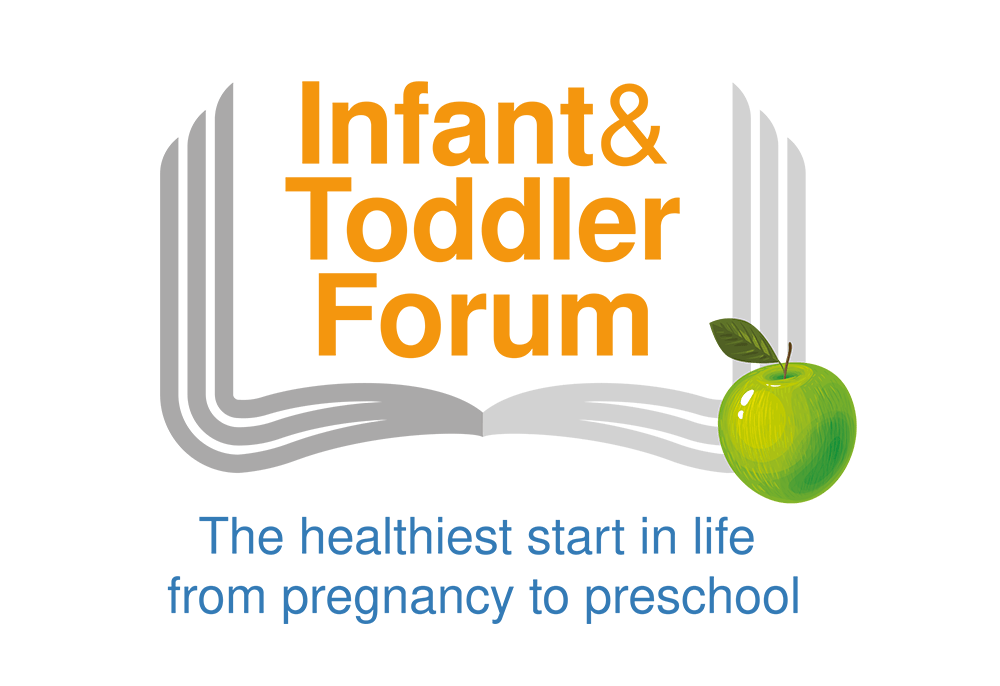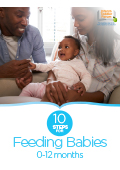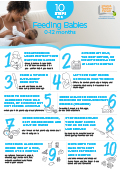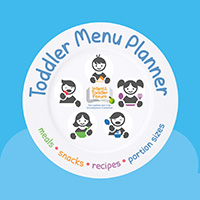
Use our Toddler Meal planning tool to ensure your 1-4 years old receives a balanced diet every day.
Find out more >
Use our toddler food tracker to check that your 1-4 year olds are getting a good balance of foods and activity
Find out more >
This educational programme for frontline professionals contains a range of practical resources on infant feeding.
Find out more >Details

1. Breastfeeding helps protect your baby from illness
it may take time for you both to learn how it works best for you – ask for help if you need it

2. Give breast milk, the best option, or infant formula for at least 12 months

3. Begin a vitamin D supplement from birth
as milk and foods do not necessarily provide enough

4. Let your baby decide how much milk to drink
Offer a feed when your baby is hungry and remember babies cry for reasons other than hunger
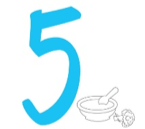
5. Begin to offer food alongside their milk feeds, by six months but not before four months
when you think your baby is ready for more

6. Offer high iron foods from beginning of complementary feeding
(weaning) – meat, oily fish, eggs, pulses and nut butters
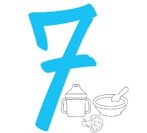
7. Offer spoon-feeding soft finger foods and a cup of water
at all meals so that your baby develops all their feeding skills

8. Stop feeding when your baby shows you he or she has had enough
by keeping his mouth closed or turning away from food or milk

9. Introduce allergenic foods one at a time, from four to six months
dairy foods (cow’s milk, yogurt, cheese), egg, nut butters, fish, wheat-based foods and foods with soya or sesame
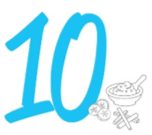
10. Move onto thick mash with soft lumps between six and eight months
and onto minced and chopped family foods and firm finger foods between nine and 12 months
